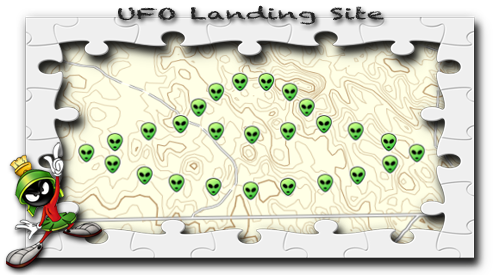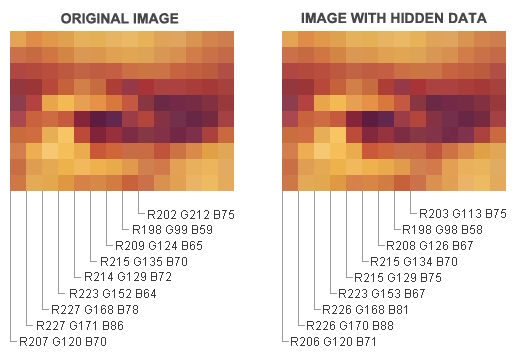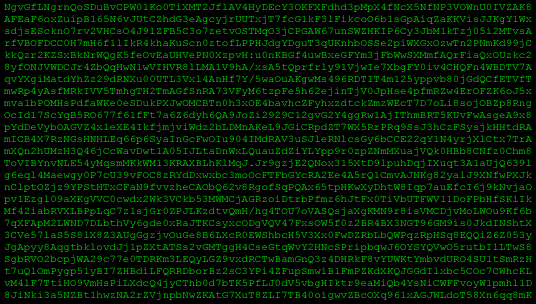Hidden Message Mystery Cache
-
Difficulty:
-

-
Terrain:
-

Size:  (regular)
(regular)
Please note Use of geocaching.com services is subject to the terms and conditions
in our disclaimer.


This geo-art consists of twenty-six Unknown/Mystery caches which each have a puzzle to solve in order to determine the coordinates of the final location (a container with log book and in most cases some swag). The final location may be a park & grab along a graded forest road (accessible with a 2WD car), a reasonably short hike or drive up a Jeep trail (may require 4WD or a high ground-clearance vehicle), or a short hike up a foot trail.

Steganography is the art and science of writing hidden messages in such a way that no one, apart from the sender and intended recipient, suspects the existence of the message, a form of security through obscurity. The word steganography is of Greek origin and means "concealed writing" from the Greek words steganos (στεγανός) meaning "covered or protected", and graphei (γραφή) meaning "writing". The first recorded use of the term was in 1499 by Johannes Trithemius in his Steganographia, a treatise on cryptography and steganography disguised as a book on magic. Generally, messages will appear to be something else: images, articles, shopping lists, or some other covertext and, classically, the hidden message may be in invisible ink between the visible lines of a private letter.
The advantage of steganography over cryptography alone is that messages do not attract attention to themselves. Plainly visible encrypted messages—no matter how unbreakable—will arouse suspicion, and may in themselves be incriminating in countries where encryption is illegal. Therefore, whereas cryptography protects the contents of a message, steganography can be said to protect both messages and communicating parties.
Steganography includes the concealment of information within computer files. In digital steganography, electronic communications may include steganographic coding inside of a transport layer, such as a document file, image file, program or protocol. Media files are ideal for steganographic transmission because of their large size. As a simple example, a sender might start with an innocuous image file and adjust the color of every 100th pixel to correspond to a letter in the alphabet, a change so subtle that someone not specifically looking for it is unlikely to notice it.
You'll find the location of the cache by using the following image:


Additional Hints
(Decrypt)
rknzvar gur vzntr pnershyyl